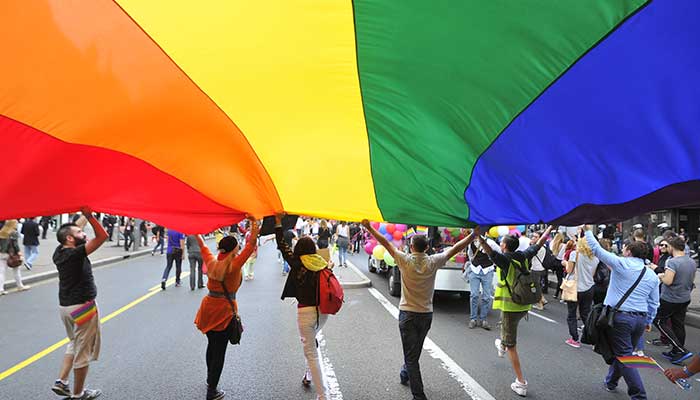Almost every institution in the country today finds itself in the midst of accepting LGBTs as an integral part of  community living. However, despite several awareness campaigns running all over to treat people from such communities as equal, there still exists a wide gap in between which will take some time to fill. Several studies have also suggested that lesbian, gay, bisexual, transgender and even queer students continue to face high rates harassment and discrimination on campus. Even the staff members who have similar orientation are not treated as equal.
community living. However, despite several awareness campaigns running all over to treat people from such communities as equal, there still exists a wide gap in between which will take some time to fill. Several studies have also suggested that lesbian, gay, bisexual, transgender and even queer students continue to face high rates harassment and discrimination on campus. Even the staff members who have similar orientation are not treated as equal.
It has become really important to create a conducive environment for such students and staff members so that they can feel safe and accepted while they are at the campus. Authorities who support or themselves come from these communities, and who can help in creating a favorable environment, should be brought on the direct rolls of the institution. Other students and staff must also be trained and educated about the thin line which can help them build strong bonding with the LGBTs, and help the latter keep their sanity.
How things shape up today
More than one million LGBT students and faculty/staff are currently associated with universities around the country. These numbers are certain to go higher in the years to come, with more members likely to disclose their orientation, if the society starts accepting them just as they are. Certain considerations must be made while dealing with LGBTQ issues, which are highly critical in nature, along with multiple policy changes. These changes must signify just how serious you are to support the cause for LGBT rights.
What can (needs to) be done
- Start from the leadership: In any sport, a team is just as powerful as its leader. The same stands true everywhere else as well. In order to educate students the essence of LGBTQ rights and policies, there must be a team comprising of LGBT members (or supporters) who understand their needs well. Having them right there can boost the morale of students who can open up and indulge with a new found confidence.
- Create favorable policies: Creating strict policies which limit or eliminate bullying of LGBTs can do a mountain of change for just about everyone. These policies must be published too, so as to let everyone know that they exist. Those who seek for protection must get someone from the staff to accompany them as they wish.
- Showcase clear support: LGBTQ students mostly keep it to themselves wherever they go, including campuses. This makes it all the important to let them know and feel that they are not outcasts, and are an integral part of the big one family which makes up the institution for what it is. This also includes accepting their beliefs and putting up posters, highlighting that their presence and life matters to many.
- Let them follow their beliefs: Several non-heterosexual and non-cisgender students prefer to identify themselves as non-binary, which means they don’t want to fit into any category, be it straight boy or girl, lesbian or gay. Let them choose how they want to be, and encourage them to not shy away because of their preference, and they are likely to reciprocate with their friendship and trust.
Institutions must also understand that these groups exist today, and people from such groups need respect and love like everyone else. They are going to be the part of tomorrow, and can well earn your institution high prestige for looking beyond one’s orientation, and treat everyone with equal admiration and respect. For more, hear Genny Beemyn in a webinar session, titled ‘How are Higher Education Institutions Addressing the Needs of the Growing LGBTQ Population?’. She will highlight the needs of these students, and how institutions can address the growing requirements of LGBTQ communities effectively and efficiently.



